detail profile jean claude brialy
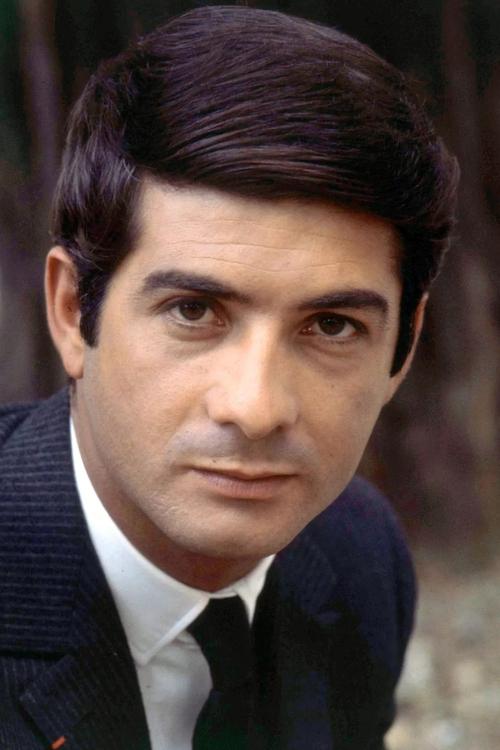
Jean-Claude Brialy
J.C. Brialy
atau dikenal sebagai
Riwayat Hidup
Jean-Claude Brialy (30 March 1933 – 30 May 2007) was a French actor and film director.
Brialy was born in Aumale (now Sour El-Ghozlane), French Algeria, where his father was stationed with the French Army.
Brialy moved to mainland France with his family in 1942.
He was an alumnus of the Prytanée National Militaire.
When he was 21 years old, he went to Paris to work as an actor.
In 1956, Brialy acted in his first role in the short film Le coup du berger (Fool's Mate) by Jacques Rivette.
By the late 1950s, he'd become one of the most prolific actors in the French nouvelle vague and a star.
He appeared in films of nouvelle vague directors such as Claude Chabrol (Le Beau Serge, 1958; Les Cousins, 1959), Louis Malle (Ascenseur pour l'échafaud, 1958; Les Amants, 1958), François Truffaut (Les 400 Coups, 1959), Jean-Luc Godard, (Une femme est une femme, 1961), Éric Rohmer (Claire's Knee, 1970), as well as in films of other filmmakers such as Jean Renoir (Elena et les hommes 1958), Roger Vadim (La ronde, 1964), Philippe de Broca (Le Roi de cœur, 1966), Luis Buñuel (Le Fantôme de la liberté, 1974), and Claude Lelouch (Robert et Robert, 1978).
In 2006, he appeared in his last role, as the eponymous character of the TV film Monsieur Max, directed by Gabriel Aghion.
Godard described him as "the French Cary Grant," while Brialy's self-described "life models" had reportedly been actor Sacha Guitry and director Jean Cocteau.
Brialy directed a number of films, including Églantine in 1971, which was loosely inspired by his own memories of a happy childhood spent in Chambellay with his grandparents, and Les volets clos (Closed shutters) in 1972.
He owned the restaurant L'Orangerie, on the Île Saint-Louis; he'd also worked as a TV presenter, a singer, and a radio host.
During the presentation of one of his books, Brialy described himself this way: "I'm a boy who got lucky enough to do what I love in life".
Brialy, in 1959, acquired a château in the commune of Monthyon, near Paris.
There, he accommodated and entertained many friends from the cinema and the theatre, such as Jean Marais, Pierre Arditi, and Romy Schneider whom he'd met during the 1958 production of the film Christine.
Schneider, after the 1981 fatal accident of her son David, found a "refuge from the paparazzi" in Brialy's home.
French singer Barbara would often sing at the piano.
Director Jean-Pierre Melville used the château to shoot the last scenes of his 1970 crime film Le Cercle Rouge, where Alain Delon and Yves Montand are killed by the police.
In his books, the autobiographical Le Ruisseau des singes (The river of monkeys) (2000) and the memoir J'ai oublié de vous dire (I Forgot to Tell You) (2004), Brialy revealed that he was bisexual.
.
.
.
Source: Article "Jean-Claude Brialy" from Wikipedia in English, licensed under CC-BY-SA.
Info Pribadi
Peran Yang Di Mainkan Jean-Claude Brialy
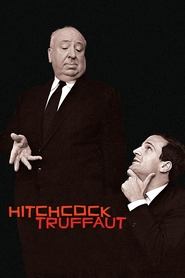 Filmmakers discuss the legacy of Alfred...
Filmmakers discuss the legacy of Alfred...Hitchcock/Truffaut 2015
Filmmakers discuss the legacy of Alfred Hitchcock and the book “Hitchcock/Truffaut” (“Le cinéma selon Hitchcock”), written by François Truffaut and published in 1966.
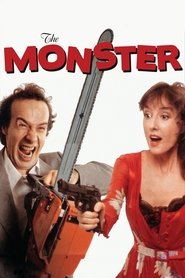 A vicious serial sex killer is...
A vicious serial sex killer is...The Monster 1994
A vicious serial sex killer is on the loose, and landscape gardener and shop-window outfitter Loris is the prime suspect, thanks to his unfortunate habit of getting caught in compromising situations (for which there is always a totally innocent explanation that the police fail to spot). Undercover policewoman Jessica is assigned by eccentric police psychologist Taccone to follow Loris.
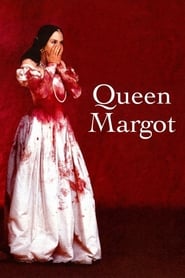 Paris Kingdom of France August 18 1572 To...
Paris Kingdom of France August 18 1572 To...Queen Margot 1994
Paris, Kingdom of France, August 18, 1572. To avoid the outbreak of a religious war, the Catholic princess Marguerite de Valois, sister of the feeble King Charles IX, marries the Huguenot King Henry III of Navarre.
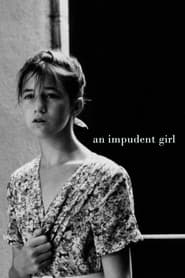 Charlotte Castang is a workingclass 13yearold...
Charlotte Castang is a workingclass 13yearold...An Impudent Girl 1985
Charlotte Castang is a working-class 13-year-old girl, who lives in a drab, run-down neighbourhood, and is ready to become an adult. Her mother died giving birth to her, and she lives with her crass brother and a father whose attention is elsewhere. Her only friend is Lulu, a sick 10-year-old she regards as a pest. Charlotte is antisocial, bored and dreams of a better life. Her life improves when she meets Clara Bauman, a pianist prodigy.
 It is 1943 in Paris Like so...
It is 1943 in Paris Like so...Gramps Is in the Resistance 1983
It is 1943 in Paris. Like so many others, the Bourbelle family's home has been taken over by the Germans and they now live in their cellar. Little do they know that the son, Guy-Hubert Bourdelle, is far from being the cowardly hairdresser he pretends. He is in truth the Germans’ most feared opponent: le super-résistant!
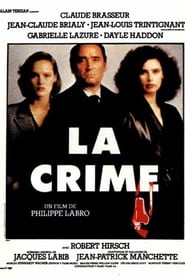 A wellknown business lawyer is shot...
A wellknown business lawyer is shot...Cover Up 1983
A well-known business lawyer is shot dead in the courthouse. A commissioner of the Criminal Brigade is in charge of the investigation and is helped by a journalist.
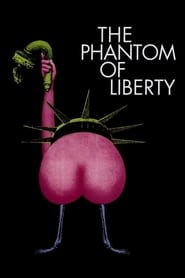 This Surrealist film with a title...
This Surrealist film with a title...The Phantom of Liberty 1974
This Surrealist film, with a title referencing the Communist Manifesto, strings together short incidents based on the life of director Luis Buñuel. Presented as chance encounters, these loosely related, intersecting situations, all without a consistent protagonist, reach from the 19th century to the 1970s. Touching briefly on subjects such as execution, pedophilia, incest, and sex, the film features an array of characters, including a sick father and incompetent police officers.
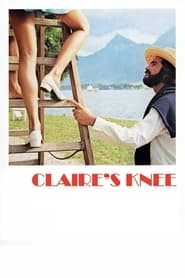 On the eve of his wedding...
On the eve of his wedding...Claire's Knee 1970
On the eve of his wedding, on holiday on the Lake Annecy shore, a career diplomat visits an old acquaintance, perhaps a former girlfriend. Through her he meets an intense teenager, Laura, and then lusts after her sister, Claire. Whilst Laura attempts to flirt with him, his fantasy becomes focused on wanting to caress Claire's knee.
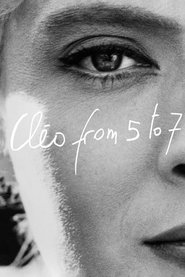 Agns Varda eloquently captures Paris in...
Agns Varda eloquently captures Paris in...Cléo from 5 to 7 1962
Agnès Varda eloquently captures Paris in the sixties with this real-time portrait of a singer set adrift in the city as she awaits test results of a biopsy. A chronicle of the minutes of one woman’s life, Cléo from 5 to 7 is a spirited mix of vivid vérité and melodrama, featuring a score by Michel Legrand and cameos by Jean-Luc Godard and Anna Karina.
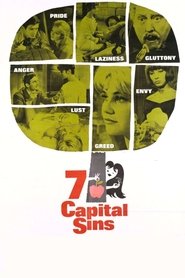 Seven directors each dramatize one of...
Seven directors each dramatize one of...The Seven Deadly Sins 1962
Seven directors each dramatize one of the seven deadly sins in a short film. In "Anger," a domestic argument over a fly in the Sunday soup escalates into nuclear war. In "Sloth," a movie star would rather pay someone to tie his shoe than bend over to do it himself, and he can't be bothered to accept a starlet's sexual favors. In "Gluttony," a peasant family on its way to the funeral of a relative who died from indigestion stops regularly to eat and drink en route, arriving in time to eat some more. In "Greed," a high-class prostitute refunds the price of a cadet's lottery ticket. In "Pride," an unfaithful wife finds reason to reform. And so on through lust and envy.
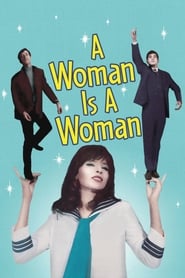 Longing for a baby a stripper...
Longing for a baby a stripper...A Woman Is a Woman 1961
Longing for a baby, a stripper pursues another man in order to make her boyfriend jealous.
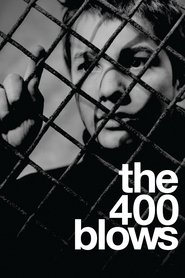 For young Parisian boy Antoine Doinel...
For young Parisian boy Antoine Doinel...The 400 Blows 1959
For young Parisian boy Antoine Doinel, life is one difficult situation after another. Surrounded by inconsiderate adults, including his neglectful parents, Antoine spends his days with his best friend, Rene, trying to plan for a better life. When one of their schemes goes awry, Antoine ends up in trouble with the law, leading to even more conflicts with unsympathetic authority figures.
 Vienna 1906 A passionate love story develops...
Vienna 1906 A passionate love story develops...Christine 1958
Vienna, 1906. A passionate love story develops between Franz Lobheiner and the young Christine. Lobheiner is, however, currently seeing the married Baroness von Eggersdorf. Upon learning of his wife's infidelity, the Baron von Eggersdorf provokes a duel with Lobheiner. But the former is no longer a real threat to the Baron. Lobheiner is now passionately in love with Christine. How will this love quartet end?
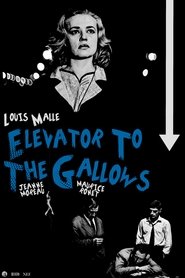 A selfassured businessman murders his employer...
A selfassured businessman murders his employer...Elevator to the Gallows 1958
A self-assured businessman murders his employer, the husband of his mistress, which unintentionally provokes an ill-fated chain of events.
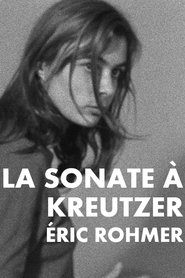 Some time after marrying a sensual...
Some time after marrying a sensual...The Kreutzer Sonata 1956
Some time after marrying a sensual girl, Pozdnychev realizes the only link to his spouse is that of physical love. When a violinist with whom his wife plays regularly the “Sonata to Kreutzer” appears, the young woman blooms in a new passion. From then on, her husband is eaten away by jealousy.
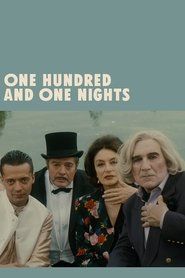 Monsieur Cinema a hundred years old...
Monsieur Cinema a hundred years old...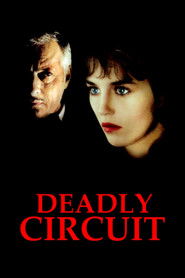 A PI is obsessed with a...
A PI is obsessed with a...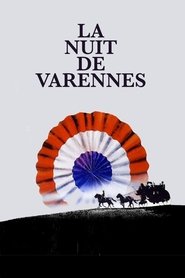 During the French Revolution a surprising...
During the French Revolution a surprising...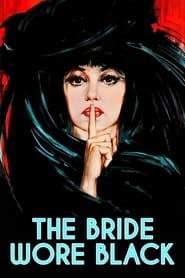 Julie Kohler is prevented from suicide...
Julie Kohler is prevented from suicide... A young woman from the Italian...
A young woman from the Italian...